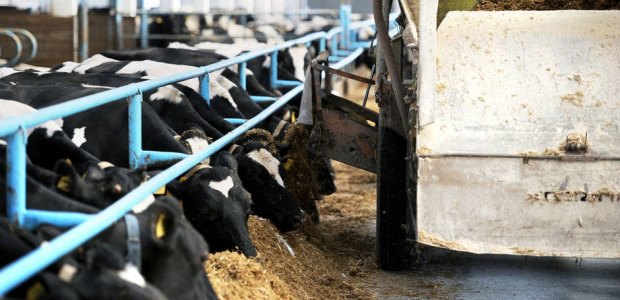Safety Break invites employers to bolster workplace safety and health with training, award recognition gatherings, or other creative activities. Coordinated by Oregon OSHA, it's a voluntary initiative.
"Greg Norman has always been a strong advocate for our coal miners and will continue working to keep them as safe as possible," Gov. Jim Justice said Jan. 25. "He has the experience and the knowledge to improve safety and enhance training. Greg's expertise will continue to make a real difference for our miners."

The April 6-7 symposium at its Geneva, Switzerland, headquarters will convene leading thinkers on workplaces of the future, technology and automation, sustainability, and young workers.
New members joined the organization in January 2017.
The app is available for iOS devices.
The explosion killed two workers and injured an additional 167. CSB identified a number of failed safety management processes.

"Last year's conference in Wenatchee had record attendance, so this year we're offering a second event for the Yakima area," said Rebecca Llewellyn, the department's conference manager. "Each event offers topics that are important to the local areas, there'll be something for everybody."
The 18-year-old driver had less than five hours of sleep before operating the vehicle.
The New York City Council's housing committee will consider a package of legislation Jan. 31, after NYCOSH called for legislation including an increase in training for construction workers and mandatory apprenticeship programs on large construction sites.
Victoria A. Lipnic has been an EEOC commissioner since 2010.
The city was considered the nation’s first by the NSC 20 years ago.
The program includes the creation of a statewide Opioid Operational Command Center and three new pieces of legislation: the Distribution of Opioids Resulting in Death Act, the Prescriber Limits Act, and the Overdose Prevention Act.

The 2017 investments unveiled Jan. 23 include more than 200 new high-definition security cameras and signage in 20 hotspots, more than 100 new license plate readers deployed citywide, and a 24/7 command center from which the cameras, license plate readers, and other technology will be monitored.
Stakeholders requested an extended comment period.
Brighter lighting for crosswalks will be installed at 1,000 high-risk intersections and $550,000 will be spent to buy 120 handheld laser speed detection guns to be deployed to local police precincts, providing a third speed detection gun per precinct.
ANSI has highlighted three standards relevant to national blood donor month and the American Red Cross's emergency call for blood and platelet donations due to a severe winter blood shortage.
Sources within the agency say it has been instructed to freeze all grants.